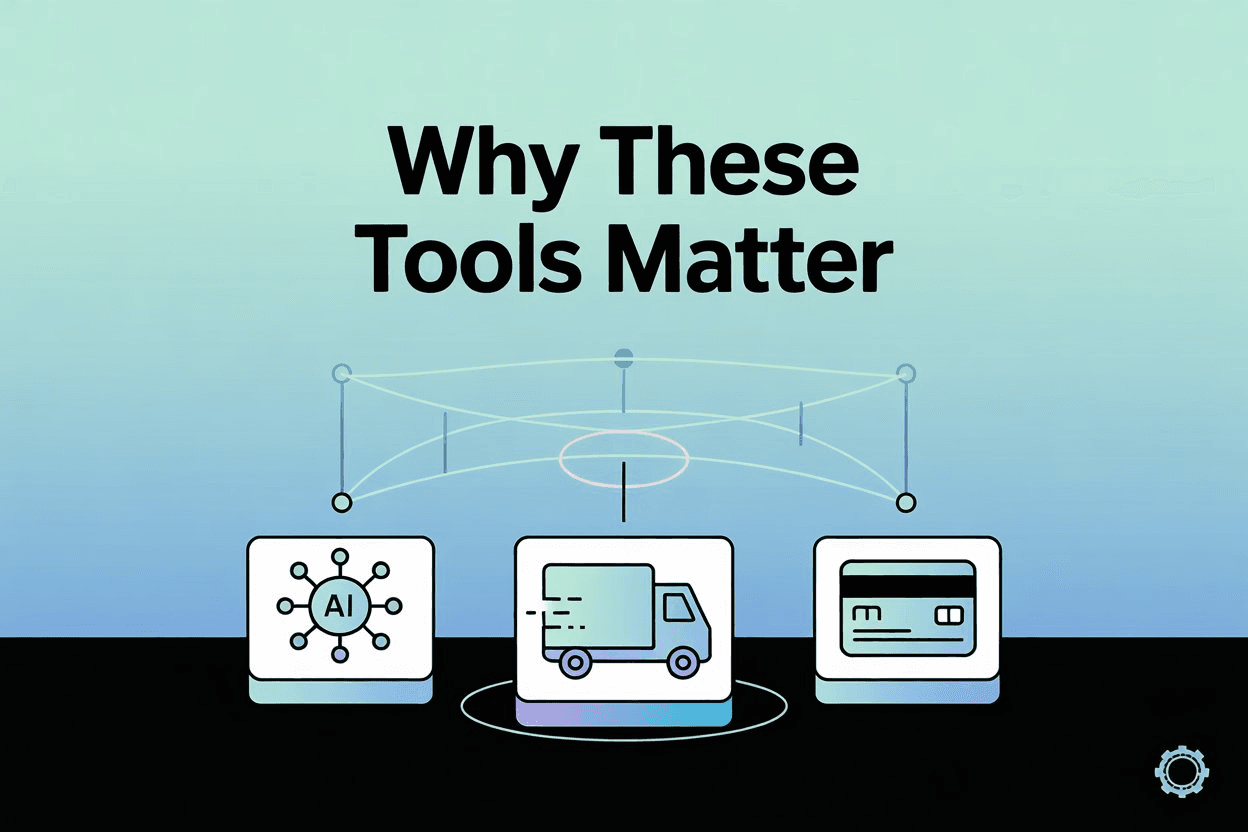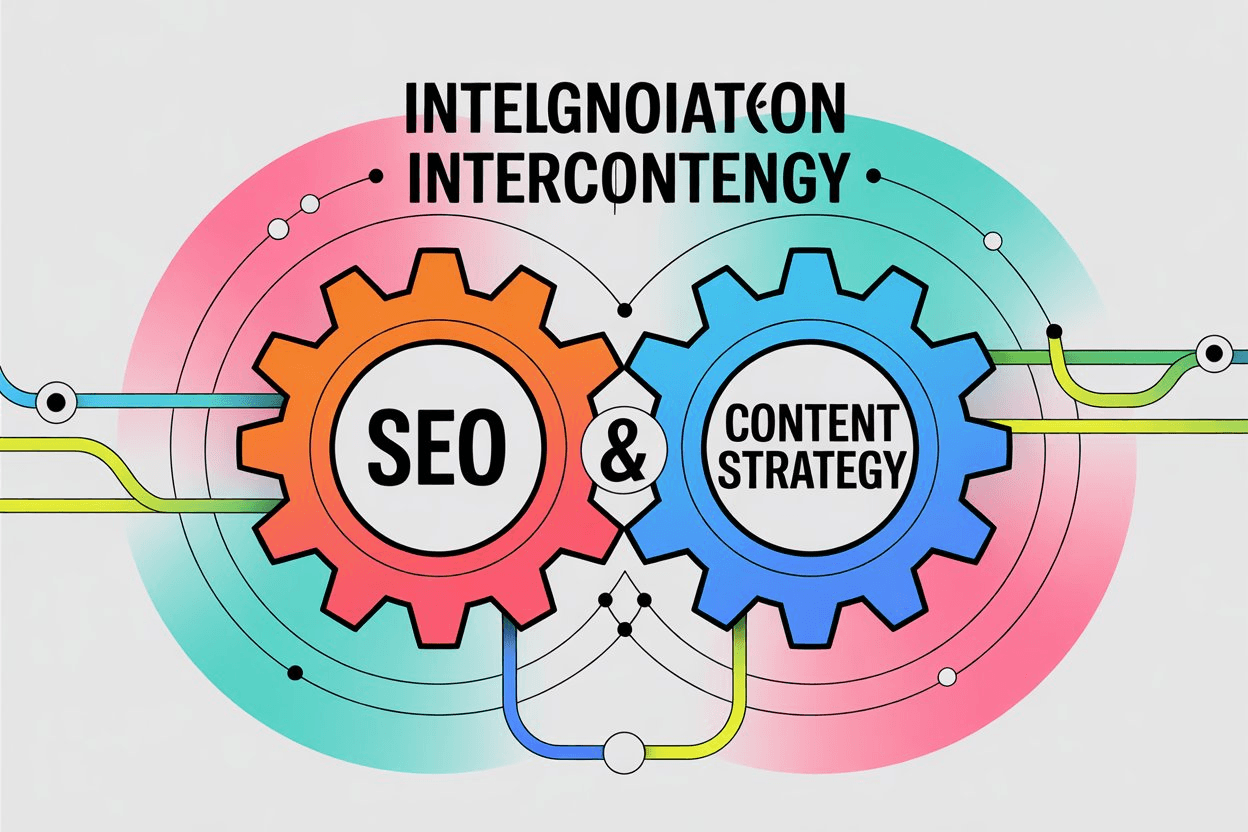Powering Your Platform: A Look at New AI, Shipping, and Payment Tools
- Author
- Published on
In today’s fast-paced e-commerce world, staying ahead requires more than a polished storefront. To scale effectively, merchants must harness AI tools, smart shipping systems, and modern payment method. In this blog, you’ll get a clear understanding of what’s new in each area, how to implement these tools on your platform, and why they matter for growth.
Why These Tools Matter (AI, Shipping, Payment)

Before diving into specifics, let’s frame why AI, shipping, and payment tools are essential:
- AI Tools increase efficiency, personalize the customer experience, and reduce manual work.
- Shipping Tools / Logistics Automation ensure orders move faster, reduce costs, and improve customer satisfaction.
- Payment method reduce friction at checkout, boost conversion rates, and support more payment methods including crypto.
These three pillars support the backbone of a high-performing e-commerce platform: acquisition, fulfillment, and monetization.
What’s New: Key Tools & Features (Based on Recent Launches)
Here are notable new tools and updates emerging in e-commerce as of September 2025 based on the reference: Practical Ecommerce
| Area | Tool / Update | What It Does | Why It’s Important |
|---|---|---|---|
| AI / Platform Enhancements | Etsy’s AI tools | Suggests optimized listing titles, drafts buyer communication, highlights review insights | Helps sellers save time and increase visibility. |
| Bettr (by Ant International) | AI-driven receivables financing, instant credit risk analysis | Gives merchants fast access to working capital using real business data. | |
| ESW + Shopify partnership | Localizes and optimizes cross-border selling across 200+ markets | Helps brands scale globally with fewer integration headaches. | |
| Shipping & Logistics | OnTrac’s new services | Hybrid express, deferred delivery, predictive AI for timing | More flexibility in domestic U.S. shipping options. |
| Easyship integration with Shein | Syncs orders, automates tax/duty, offers multi-carrier rates | Simplifies global fulfillment for marketplace sellers. | |
| Augment (AI logistics) | Automates tasks like bid gathering, load building, shipment tracking | Reduces manual logistics workload. | |
| Payment & Checkout | Nuvei + Early Warning = Paze checkout | Enables consumers to pay without retyping cards; streamlined checkout | Reduces friction, speeds up checkout experience. |
| Anywhere Commerce crypto-to-cash | Merchants accept crypto and receive instant local currency settlement | Opens doors to crypto customers without exposure risk. |
These innovations show a clear direction: automation, reducing friction, and enabling global scale.
How to Choose & Develop These Tools (Step-by-Step Guide)
Below is a structured path you can follow to select, integrate, or build these tools for your platform.

Step 1: Audit Your Platform Needs
- Map your current pain points: manual listing, shipping delays, cart abandonment, etc.
- Prioritize: which domain (AI, shipping, payment) gives the most immediate ROI?
Step 2: Research and Select Tools
- For AI, look for features like smart listing suggestions, chat assistants, or analytics.
- For shipping, check multi-carrier support, rate comparison, predictive delivery, and automation API.
- For payment, support for multiple gateways, one-click checkout, tokenization, crypto transactions.
Step 3: Validate API & Documentation
- Make sure the vendor provides strong API documentation, SDKs, sample code, sandbox environment.
- Check security compliance (PCI DSS(Payment Card Industry Data Security Standard), encryption, fraud prevention).
Step 4: Plan Integration Architecture
- Define where each tool lives in your stack (frontend, middleware, backend).
- Use microservices or modular plugin architecture so future swaps are easier.
Step 5: Prototype & Test
- Build a minimal integration (e.g. AI listing tool for a subset of SKUs).
- Run test orders through shipping API and payment flows.
- Simulate edge cases (failed payment, shipping delays, retries).
Step 6: Monitor & Iterate
- Use logging, metrics, and alerts to catch issues.
- Collect user feedback on checkout flow, shipping transparency, AI suggestions.
- Optimize and expand gradually (roll out to full catalog, more regions, advanced features).
Step 7: Scale & Optimize
- Add fallback logic (multiple payment gateways, alternate shippers).
- Use AI to dynamically choose shipping method and offer incentives.
- Introduce personalized product suggestions based on AI predictions.
SEO & Content Strategy Integration

When writing about or marketing these tools, here are SEO best practices:
Use keywords like “ecommerce AI tools,” “shipping automation software,” “checkout optimization,” “global shipping platform,” “cryptocurrency payments for merchants.”
Create content assets: tool guides, comparison charts, case studies.
Use internal linking to related posts (e.g. “Best Payment Gateways in 2025,” “Logistics Automation for Small Merchants”).
Optimize title tags and meta descriptions: e.g.
Title: “Powering Your Platform: Top AI, Shipping & Payment Tools for 2025”
Meta description: “Discover new AI, shipping, and payment tools transforming e-commerce platforms. A step-by-step integration guide for merchants.”
Use structured data / FAQ schema so your FAQ section can appear in search results.
Conclusion
In e-commerce, growth depends on reducing friction and automating wherever possible. The latest AI tools help you manage listings, communication, and insights. Advanced shipping platforms simplify fulfillment and save costs. Modern payment method improve checkout conversion and expand customer options even into crypto.
By auditing your needs, selecting the right vendors, integrating carefully, and iterating with metrics, you can power your platform to scale and stay competitive.
Frequently Asked Questions
Our Services
AI Platform & Integration Services
Don't just read.
Let's work together. Build smarter.
Recent Blog Posts
AI Agents and Google Workspace Flows: The Future of No-Code Automation is Here
AI agents inside Google Workspace are flipping automation on its head. With Google Workspace Flows powered by Gemini, teams can build intelligent, no-code workflows that reason, analyze, and execute multi-step tasks across Gmail, Sheets, Drive, and more.
Beyond BaaS: Appwrite's Developers' Cloud The Single Platform for the Entire Product Lifecycle
Appwrite’s new Developers’ Cloud goes beyond BaaS, offering one unified platform to Imagine, Build, Deploy, Observe, and Protect apps. It cuts tool fragmentation, speeds delivery, and gives dev teams a single home for backend, frontend, monitoring, and security.
Amazon Web Services Quick Suite:AI-Powered Insights and Automation.
Amazon Web Services (AWS) just dropped Quick Suite, an AI-powered workspace that fuses business intelligence, generative AI, and no-code automation. It’s built to help teams instantly turn insights into action, all inside one smart, connected ecosystem.
Google Unveils VEO-3: Next-Gen AI Video Model
Google's Veo 3.1, an optimized upgrade to its flagship AI video model, has been released via the Flow AI filmmaking platform. Veo 3.1 strategically positions itself as a professional-grade tool against OpenAI's Sora 2 by focusing on an extended runtime of up to 60 seconds and a breakthrough Spatio-Temporal Audio Coupling Algorithm for native audio synchronization.